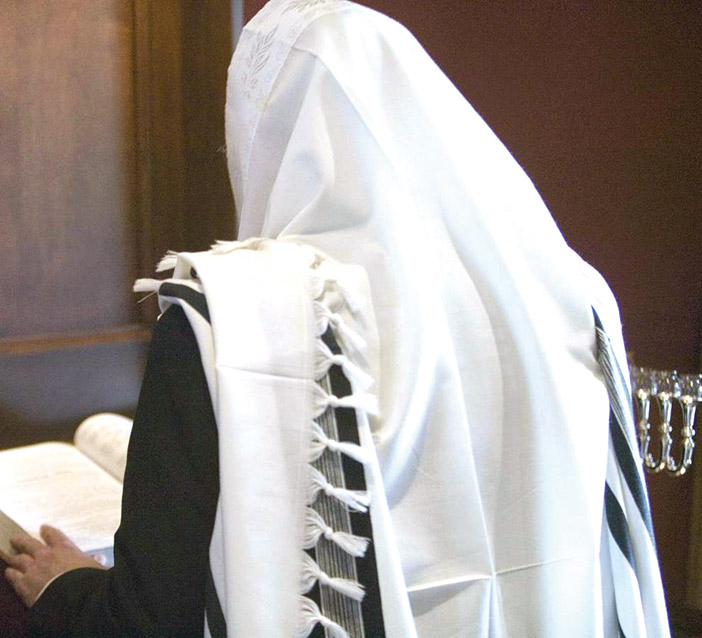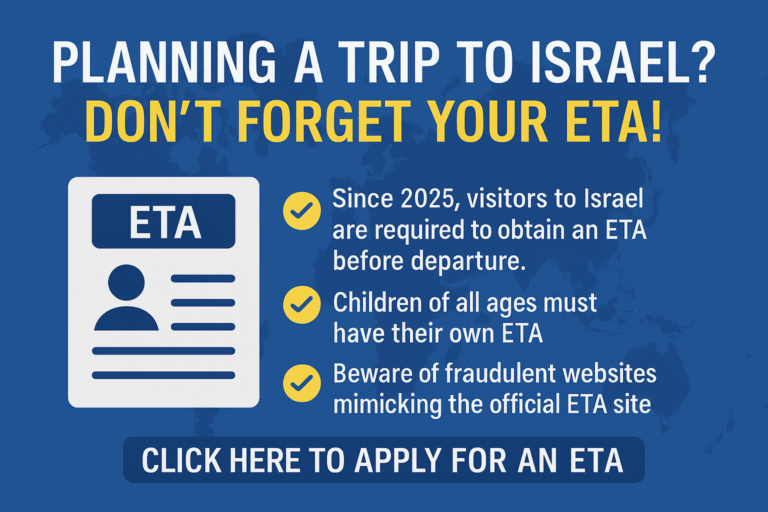On Friday afternoon, the Orthodox Union and the Rabbinical Council of America issued guidelines to synagogues and communities regarding reopening.
This document presents thirteen principles that should guide the decisions and planning of synagogues and communities throughout the country. They focus primarily on the eventual reopening of communal davening. Guidance on other matters will follow. As made clear within the document, the issuance of this guidance does not imply that any reopening should be done at this point.
The situation continues to evolve and thus these recommendations and guidelines are formulated based solely on currently available information and advice. As always, shuls and communities must strictly follow the guidelines provided by local and national authorities, including the CDC and local health departments.




(YWN World Headquarters – NYC)












11 Responses
Obtaining compliance was problematic within some segments of the Chareidi tzibur even during the worst days of the Pandemic last month. I am skeptical that these guidelines will be adhered to now that some believe that the worst has passed and they can resume life as “normal”. Until we have a preventive vaccine with proven efficacy and treatment therapies with a high percentage of success, there will be no “normal”.
The Agudah and RCA/OU guidance differs in a number of areas. The RCA/OU have an additional waiting period after government restrictions are eased, while the Agudah does not. The Agudah has more specific guidance on conducting minyanim than the RCA/OU. The RCA/OU requires more central organization of non-shul minyanim, while the Agudah just provides guidance on their formation. The Agudah does not allow regular aliyos (give it all to the baal korei) in initial stages, while the RCA/OU offers a choice of either that or regular aliyos (with the oleh maintaining a distance) even from the start.
There are probably other differences, but that’s what I picked up on first review.
Has the Central Rabbinic Congress (CRC – Hisachdus HaRabbanim) yet released their guidance?
הצד השווה בהם is that the real דעת תורה on when minyonim may restart is the gov.
After EACH reopening in other countries, there were many new outbreaks of widespread illness and multiple deaths. Why would we be different?!
Look at South Korea, Germany and Italy (to name just 3)! The reopening by the governments was a direct cause of MORE deaths and outbreaks of critical illnesses! Learn from their experience!
The government has a cheshbon, they need the economy to restart. If it costs a certain number of lives, so be it. The economy’s health is worth the sacrifice of certain number of lives and people’s health.
But who among us is willing to sacrifice someone from our own family to help revitalize the economy?!
That’s the human cost of reopening!
And another thing:
We waited to close the shuls until we were ordered to do so by the government.
Imagine how many hundreds of lives would have been saved if the shuls would have been closed for Purim (as individual rabbonim were considering but didn’t have the backing to implement)!
Imagine how much suffering would have been avoided if Purim would have been cancelled (no shlach monos or seudah with guests)!
We waited till the government issued prohibitions, and it costed us lives.
Now, at the other end of the crisis, are we prepared to jump right into the pool as soon as the government tells us we can open?!
THE PROHIBITION FROM THE GOVERNMENT CAME FAR TOO LATE (to prevent hundreds of lost lives) AND THE PERMISSION MAY COME FAR TOO EARLY (to risk many more lives).
RebG: “Imagine how many hundreds of lives would have been saved if the shuls would have been closed for Purim ” pure conjecture on your part. I dont k now of any rabbanim let alone confirmed cases of covid-19 on Purim.
Jews have suffered numerous mageifos in history, did the previous gedolim ever close yeshivos or shuls ,or did they run there. This question bothers me , I spent hours w the otzar hachochma database , and couldn’t find anything close. Cholera yeshiva is way diff context 20% of pozna had died before the teshuva
Yes, economic prosperity is worth sacrificing some lives. Each life has a financial value, and NONE of us are willing to spend an infinite amount of money to save a single life. It would be foolish and wicked to do so. Anyone who claims that any expense is worth it so long as it saves even one person is either a liar or a fool.
The Torah itself says explicitly that it is normal for a person to risk his life to make a living. And anyone planning a major construction project knows that it is likely to have a cost in lives, If we truly believed nothing is worth losing a life we would never take any risks, and therefore we would never achieve anything. We’d still be living in caves, we wouldn’t drive vehicles, or transport anything long distances — and the irony is that we would lose more lives! Because THE biggest and most important factor in preserving life is economic prosperity. Poverty is the biggest killer of all.
If we follow the same Rabbinical guidance on reopening that we followed regarding closing, then we need and should not worry about it being too early.
Also I just re-read the Agudah guidelines. Like “Quality” above I also thought when I first read it that the Agudah guidelines don’t 14 days extra. I believe they actually do.